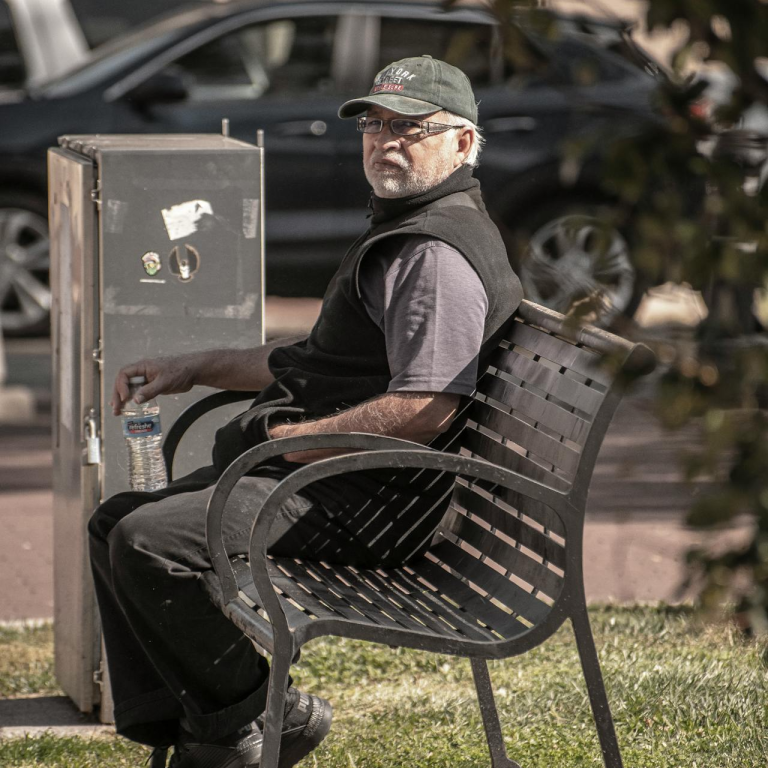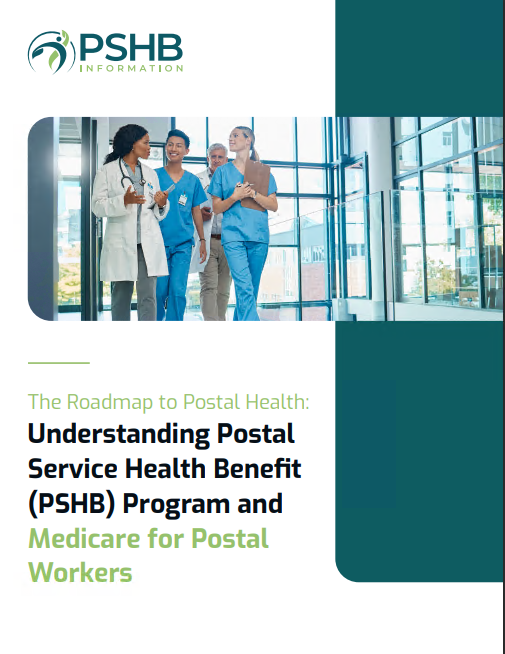Key Takeaways
- PSHB Open Season (Nov 11 – Dec 9, 2024): This is the window to review, change, or select your Postal Service Health Benefits (PSHB) plan before the program launches on January 1, 2025.
- Medicare and PSHB: If you retire after January 1, 2025, you’ll need to enroll in Medicare Part B when eligible to maintain your PSHB coverage, but those retiring before this date won’t have that requirement.
Get Ready for PSHB Open Season: Mark Your Calendar!
USPS employees and retirees, the time is fast approaching! Open Season for Postal Service Health Benefits (PSHB) is nearly here, running from November 11 to December 9, 2024. Whether you’re new to the process or have been doing this for years, this Open Season is unlike any before, thanks to the Postal Service Reform Act of 2022. By January 1, 2025, the entire USPS workforce and retirees will move from the familiar FEHB (Federal Employees Health Benefits) program to the new PSHB system.
Let me walk you through the must-knows so you’re prepared for what’s coming up. Don’t let this important window slip by—you’ll want to be ready when it’s time to make changes.
Why Is This Open Season So Important?
This isn’t just any Open Season—it marks a major shift in how USPS employees and retirees will receive health benefits moving forward. The Postal Service Reform Act of 2022 is putting the PSHB program into action to streamline healthcare benefits specifically for Postal Service workers. It’s a direct response to long-standing calls for tailored healthcare options that meet the unique needs of USPS employees.
PSHB plans will work much like FEHB plans, but with key differences, especially when it comes to Medicare enrollment for retirees. If you’re currently covered under FEHB, you’ll automatically be moved to a PSHB plan unless you decide to make a change. However, it’s crucial to understand the ins and outs of this transition so you don’t miss out on benefits that best suit you.
What You Need to Do During Open Season
Review Your Options
This year’s Open Season is your chance to review your healthcare coverage under the new PSHB program. Even if you’re comfortable with your current plan, take the time to review what’s offered through PSHB. Plans will vary, and your situation might have changed since last year. Plus, changes in premium costs, coverage options, or even shifts in your healthcare needs mean it’s worth exploring the new offerings.
Understand Your PSHB Premiums
A new system means new premium breakdowns. The average biweekly premiums for 2025 are expected to be as follows:
- Self Only: $397.35
- Self Plus One: $858.89
- Self and Family: $934.65
The Postal Service will continue to contribute 72% of the total premium, while you’ll be responsible for 28%. Depending on your plan choice, this could translate to annual costs of around $2,892.76 for Self Only coverage, up to $6,804.20 for Self and Family plans.
Don’t Forget Dental and Vision (FEDVIP)
One major thing to keep in mind: your dental and vision coverage under the Federal Employees Dental and Vision Insurance Program (FEDVIP) is not affected by this switch to PSHB. You’ll still be able to enroll in or change your FEDVIP plan during Open Season. The 2025 FEDVIP premiums will see a slight rise: 2.97% for dental and 0.87% for vision. So if your eyes or teeth need some extra attention, take a close look at these options too.
Key Medicare Changes with PSHB
If you’re nearing retirement or already retired, there are some very important rules around Medicare Part B that you need to be aware of.
Medicare Part B Enrollment Requirement
- Retiring on or before January 1, 2025: Good news! You won’t be required to enroll in Medicare Part B to keep your PSHB plan. This rule also applies to your covered family members.
- Retiring after January 1, 2025: You will need to enroll in Medicare Part B when you become eligible (usually at age 65) if you want to keep your PSHB coverage. This also applies to your family members covered under your plan.
Medicare Part B enrollment can bring some added costs, but in many cases, it also brings savings by reducing out-of-pocket expenses. Some PSHB plans are expected to offer perks like reimbursement of Medicare Part B premiums, waived deductibles, or lower co-pays for services if you’re enrolled in both PSHB and Medicare.
Special Enrollment Period (SEP)
For those who were caught without Medicare Part B before, there was a Special Enrollment Period (SEP) from April to September 2024 that allowed USPS retirees to enroll without penalty. If you took advantage of this, you’re already ahead of the game!
Comparing Your PSHB Plan Options
One tool you definitely don’t want to overlook during this Open Season is the OPM plan comparison tool. It’s designed to help you easily evaluate all the available PSHB plans and their corresponding costs, benefits, and provider networks. If you’ve ever found yourself stuck in analysis paralysis trying to pick the right plan, this tool will make the decision process a lot smoother.
Be sure to spend time looking through the comparison, especially since PSHB options may include new plans that weren’t available under FEHB. Your healthcare needs and priorities should guide your decision—whether it’s minimizing out-of-pocket costs, maximizing provider access, or keeping prescription drug prices manageable.
Making Sure You’re Covered: Prescription Drugs and Medicare Part D
One of the major benefits of being in a PSHB plan if you’re Medicare-eligible is that all plans will include Medicare Part D prescription drug coverage. This means you won’t need to shell out for an additional Part D premium. But just like everything else, not all prescription drug coverage is created equal.
Review your plan’s formulary to ensure that your medications are covered in a way that’s cost-effective for you. With some PSHB plans, certain drugs might be cheaper or have fewer restrictions, while others could be more expensive. Don’t let this slip by—medication costs can add up quickly.
Other Federal Benefits Still Intact
Don’t worry—moving to PSHB won’t affect your access to other important federal benefits. You’ll still be able to enroll in programs like the Federal Employees’ Group Life Insurance (FEGLI) and the Federal Long Term Care Insurance Program (FLTCIP). These benefits continue unchanged, allowing you to secure life insurance or long-term care coverage based on your individual needs.
What’s Next?
As January 1, 2025, approaches, the shift to PSHB becomes reality. This Open Season is the time to set yourself up for success. Whether you’re evaluating Medicare enrollment, comparing new plan options, or reviewing FEDVIP benefits, you’ve got a lot of decisions to make.
Don’t get caught off guard—stay on top of this process to make sure you’re getting the coverage that works best for you and your family. Set reminders, block out time to review your options, and utilize all the tools available to ensure you’re fully prepared when the new year rolls in.
Don’t Miss This Open Season!
PSHB Open Season is your chance to lock in the healthcare coverage you need as a USPS employee or retiree. With the new system launching on January 1, 2025, and plenty of changes ahead, make sure you’re making the right choices for yourself and your family. This is a major shift, and staying informed will help you navigate the transition smoothly.












